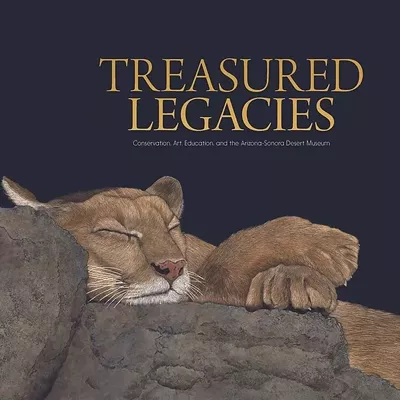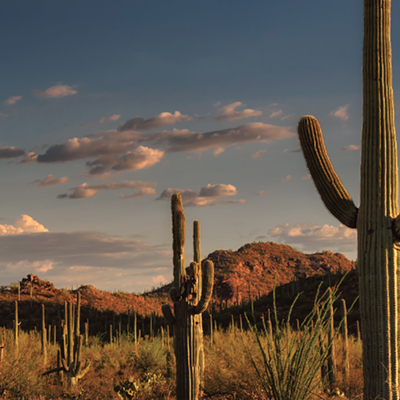If you like true tales about intrepid adventurers whose curiosity and lack of fear continually put them in the middle of rough-and-tumble scenarios, read this one. Written, based on first-hand experience, by Norwegian Ingstad (and available in English for the first time), The Apache Indians follows his sojourns beginning as a fur trapper in northern Canada, then as a cowboy dealing with Apaches in the White Mountains and San Carlos, and eventually as a determined explorer searching for the truth about a missing tribe of Apaches reputed to be in Mexico's Sierra Madre mountains.
Ingstad lived in three centuries: He was born in 1899 and died in 2001. Judging from the description of his exploits, he lived each day to the fullest. For instance, at age 93, he traveled to China and climbed the Great Wall.
While the book ostensibly tells the story of his search for the lost tribe of Apaches--descendants of the northern snow-country Chipewyan polar people who drifted toward prairie land before fleeing western reservations to live wild and free in Mexico's isolated mountains--Ingstad's first-hand observations and bits of fact are what make this one so readable for armchair adventurers and amateur historians.
The alleged migration by a small band of Apaches who kept traveling south and never returned was based heavily on the tradition of oral history, simply and without challenge, because "the old ones say so." That was all Ingstad needed to hear to launch a 1937 horseback expedition into seldom-visited Mexican terrain in hopes of documenting the traditions and knowledge of the peripatetic group that might be lost forever to tribal members still living north of the border.
Some 100 pages of detailed storytelling later, he acknowledges his inability to locate his quarry and says, with pride and respect, "Chiricahua Apaches, especially this group of Geronimo's warriors, are clever. Nobody finds them." He wasn't the first to come up empty-handed. According to a 1929 article in the Douglas Daily Dispatch: "This group of Indians, who are very much like their tribal relations who earlier roamed in Arizona, are sly and wild as animals, almost impossible to approach. As far as anybody knows, this small band of warriors does not have any contact with civilization."
Ingstad's journey itself was frequently more exciting than his intended destination--especially a journey into what the newspaper called "the most rugged and naturally secluded place on the entire North American continent."
Exploring the northern ranges of the Sierra Madre, an area of 125 miles by 60 miles, was a daunting task eagerly accepted by an undaunted spirit. "The Mexican government quickly made me aware that the areas I planned to enter lay outside their jurisdiction, and I myself had to take responsibility for whatever might happen," he wrote. Loading baggage into a vintage vehicle, he and fellow explorers headed south of Douglas into Sonora until the roads ran out, and they traded their gas-powered conveyance for oat-burning transportation.
To supply details of what happens, how, and why would be to spoil the story for interested readers. Suffice it to say that if you've ever been alone, cold and hungry, in extremely remote country, totally at the mercy of the elements and whatever fate has planned--you're in the author's league. Many days could not be called that good, days in which his detailed documentary style makes you feel like you're riding in the saddle next to him, wet, weary and wondering if you'll live to see another sunrise.
When he finally abandoned his quest, he summed up all the expedition's hardship and deprivation on a positive note: "As the sun sets behind the Sierra Madre, the crimson glow across the sky slowly fades, and a chill seeps through the mountains--mountains so vast and with so many hiding places it's impossible to know exactly how many Apaches remain there today. There could be 50 as well as there could be 10. The fact that they still exist is certain enough. At dusk when they light their fires up in the cliffs, a small group dressed in hides sits and looks out across the land as they talk about their world. They are fugitives, their families killed, they themselves doomed. Yet there is still one thing they possess--freedom."







